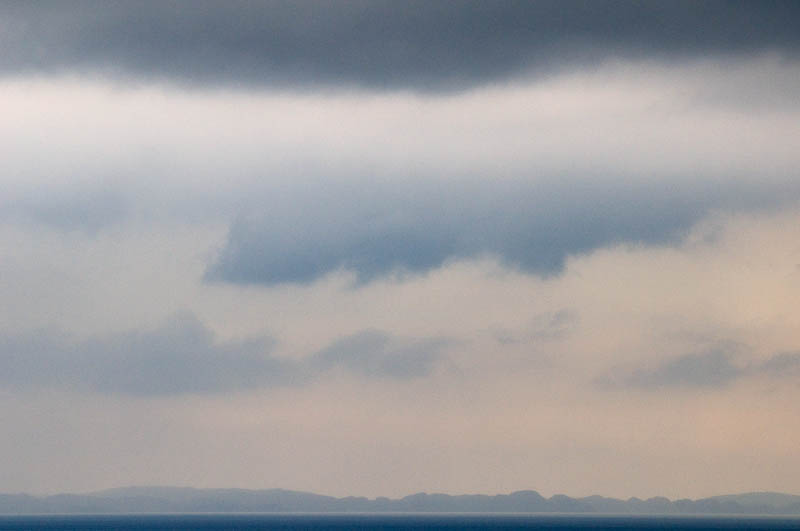The Fotomoto Experiment – Part 1
I have no illusions about making a living from photography but I would like to be able to offer more financial support to a small number of charities working in the areas I care most about; I want to make a difference even if only a very small one. What if I could sell prints of the photographs on this site and donate the proceeds? That thinking, and Google, led me to Fotomoto this week. “Looking for a hassle-free way to sell your art?” asks the front page of the Fotomoto web site; yes, I am.
What is Fotomoto? To quote a little more from the site it “… is an e-commerce system that gives independent photographers and web publishers the power to sell their work on their own site, using a simple toolbar with a ‘click to buy’ button.
It took me only a few minutes to add the line of code necessary to enable the Fotomoto shopping cart on my web site; I tinkered for a while longer to get it to look exactly the way I wanted on the page but it really is as simple as their marketing says. I have not turned the shopping cart on yet; the technical integration may be easy but there are other questions to answer before I do that. In particular: how much should I charge and does the quality of the finished prints and cards justify the price. To that end I have placed an order for a 12×18 print and a 5×7 card. “Ross of Mull in Rain”, above, is the image I chose for the card; “Edge of the Unconscious,” used for an earlier blog posting is the one I selected for the larger print.
How does it work? How is the print made? When someone places an order for an image that you have not sold before, you are sent an email asking you to upload a high resolution version; the order remains in a pending state until you have provided this ‘original.’ It’s not really an original, Fotomoto does not accept Photoshop files and the like, it’s just a high quality TIFF or JPEG file. In my case these turned out to be 68 and 32 megabytes respectively; they took a few minutes to upload!
Now, with the masters in hand, Fotomoto has the files digitally rendered as C prints on Kodak Endura paper. The results are then packed in a flat box and shipped via UPS [edit: I misread, it was actually USPS]. Including the slightly more expensive 3 day instead of 5 day shipping option, my total was $27.29 with no profit markup. I’ll let you know in The Fotomoto Experiment – Part 2 how long it takes to deliver and whether it was worth the money.
Fotomoto takes care of the sales tax if any is warranted; they are the merchant of record so they are responsible for the taxes. The company operates out of California and thus, for now at least, that is the only state for which buyers will be hit with sales tax. A fair number of the site’s users are from outside the U.S. and may have different national tax and VAT rules to take into account for their sales but for a naturalized Texan, life is simple.
While you can’t see the Fotomoto toolbar working on my site yet, you can try it out on many others including:
- Escapism – http://www.escapism-online.com/photos.php?gid=9
- 100 Cameras – http://100cameras.tylerginter.com/?p=14 (hilarious picture of three small boys on potties)
- seven times seventy-seven – http://7times77.com/
Or just go to Fotomoto and browse their catalog at http://www.fotomoto.com/




